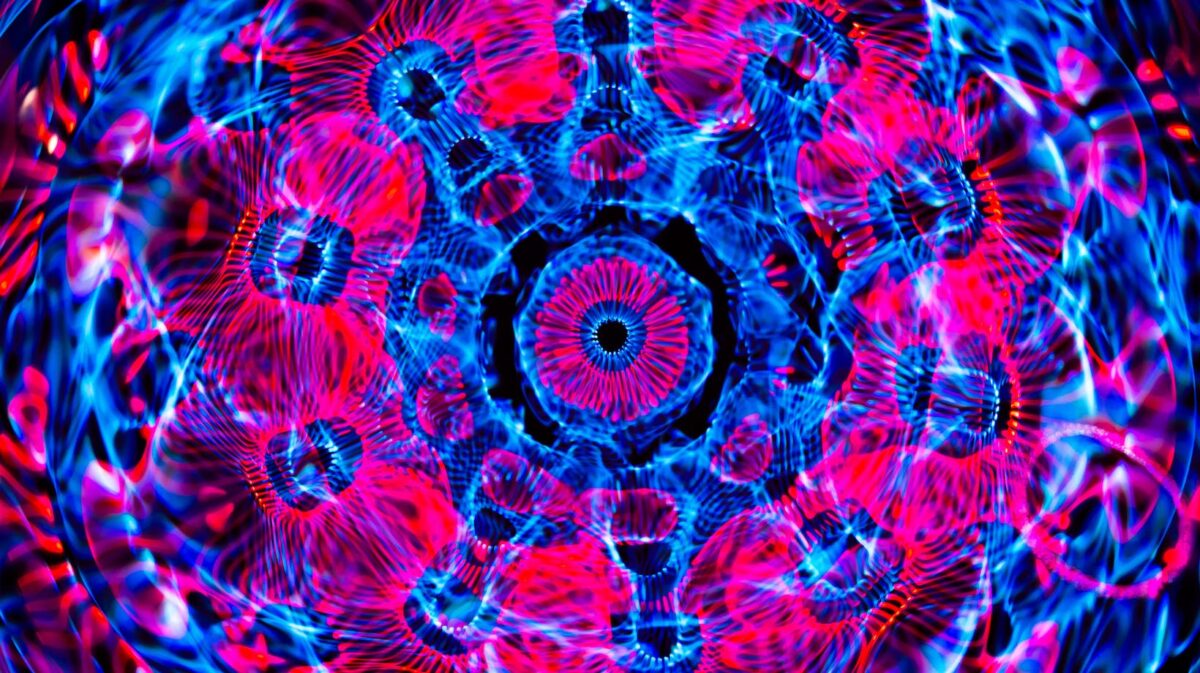Graphic Imagery is Used to Create Unpleasant Associations with Specific Stimuli
Graphic imagery is a powerful tool that can be used to evoke strong emotions and create lasting impressions. As a blogger with years of experience, I have witnessed firsthand the impact that such imagery can have on readers. From shocking photographs to vivid descriptions, graphic imagery is often employed to create unpleasant associations in the minds of the audience. In this article, I will explore the reasons behind the use of graphic imagery and its effectiveness in conveying messages that are meant to disturb or unsettle.
In today’s digital age, where attention spans are shorter than ever, it has become increasingly challenging to capture and retain the interest of readers. This is where graphic imagery comes into play. By utilizing visuals that are disturbing or unsettling, content creators are able to grab the attention of their audience and leave a lasting impression. In this article, I will delve into the psychology behind the use of graphic imagery and the ways in which it can be employed to create a strong impact on the viewer.
While some may argue that the use of graphic imagery is unnecessary or even unethical, there is no denying its effectiveness in conveying a message. Whether it’s a shocking photograph that exposes the horrors of war or a detailed description that paints a disturbing picture, graphic imagery has a way of staying with us long after we have encountered it. In this article, I will examine the reasons why content creators resort to such tactics and the potential consequences of using graphic imagery to create unpleasant associations.

The Power of Graphic Imagery in Creating Unpleasant Associations
Using graphic imagery in blog articles can be a powerful tool in creating unpleasant associations within the minds of readers. By presenting vivid and unsettling visuals, content creators can elicit emotional reactions and leave a lasting impact on their audience. Here, I will explore the ways in which graphic imagery can be harnessed to evoke strong emotions and why it is an effective strategy in today’s digital age.
1. Evoking Strong Emotions: Graphic imagery has the ability to evoke a range of intense emotions such as fear, disgust, and sadness. When readers encounter such images, they are more likely to be deeply affected by the content and engage on a deeper level. By tapping into the emotional core of the reader, content creators can create a memorable experience that resonates long after the article is read.
2. Creating Lasting Impressions: In a world where attention spans are increasingly shorter, it has become crucial to capture and retain the interest of readers. Graphic imagery can be a powerful tool to achieve this. By presenting shocking or disturbing visuals, content creators can capture the attention of their audience and leave a lasting impression. These images stay in the minds of readers, making the content more memorable and likely to be shared.
3. Encouraging Action and Change: Graphic imagery has the potential to drive readers to take action or make changes in their lives. Whether it’s raising awareness about an important cause or highlighting the consequences of certain behaviors, graphic imagery can be a catalyst for change. By presenting the harsh realities of a situation visually, content creators can inspire readers to become advocates for change or adopt new perspectives.
Despite its effectiveness, the use of graphic imagery also raises ethical questions. Some argue that it can be manipulative or exploitative. However, when used responsibly and with a clear purpose, graphic imagery can be a valuable tool for content creators to engage and connect with their audience on a deeper level. As long as the intention is to educate, provoke thought, or initiate positive change, the power of graphic imagery should not be underestimated.
Understanding the Role of Graphic Imagery in Evoking Emotions
Research has shown that visual stimuli, including graphic imagery, have a powerful impact on our brains. When we see images that depict intense or disturbing scenes, our brains release chemicals such as cortisol, dopamine, and adrenaline, which heighten our emotional responses. This physiological reaction occurs because graphic imagery activates the amygdala, the part of the brain responsible for processing emotions and memory.
Additionally, the brain processes visual information faster than text. According to studies, our brains can process images up to 60,000 times faster than text. This means that when we encounter graphic imagery, it immediately grabs our attention and leaves a lasting impression. In today’s fast-paced digital landscape, where attention spans are shorter than ever, utilizing graphic imagery can be an effective strategy to engage and captivate readers.

